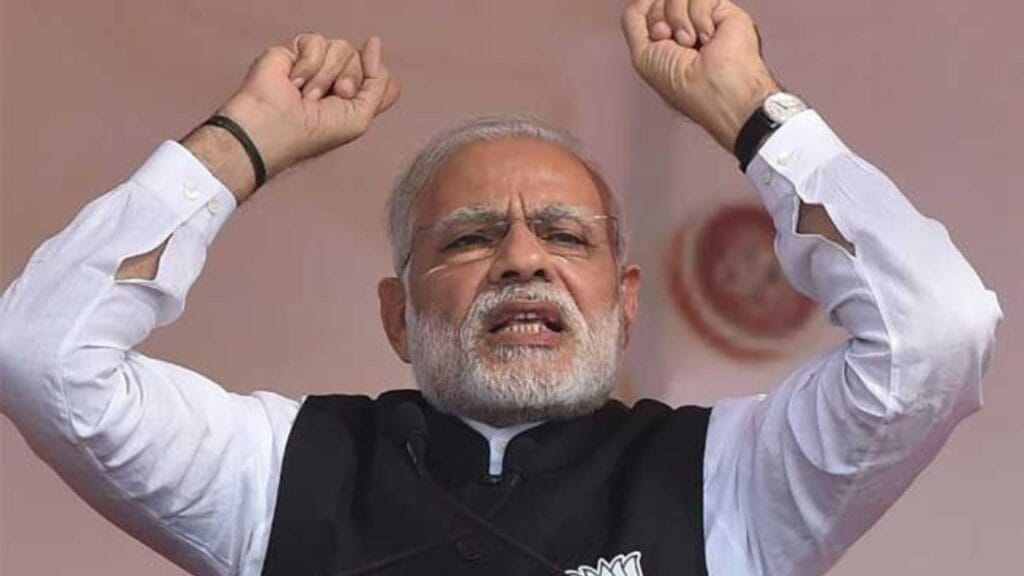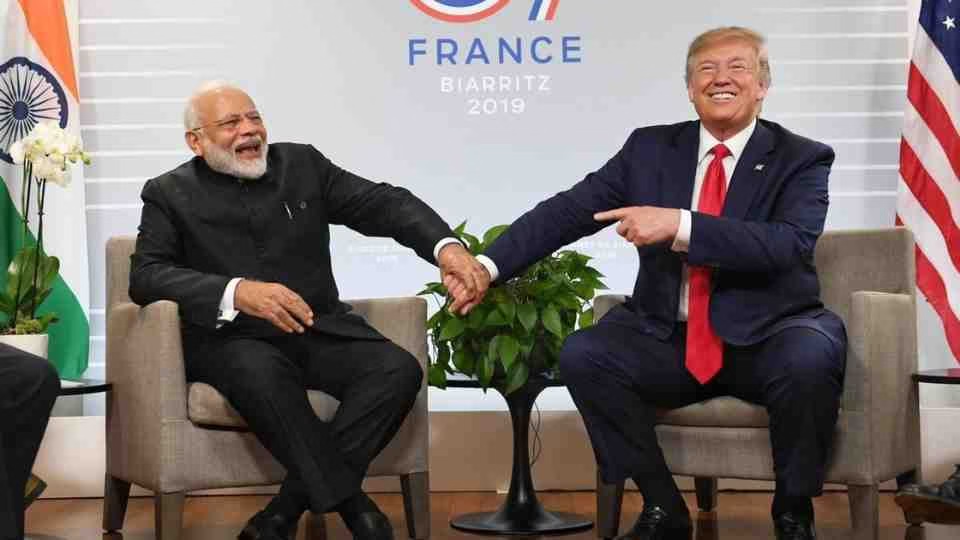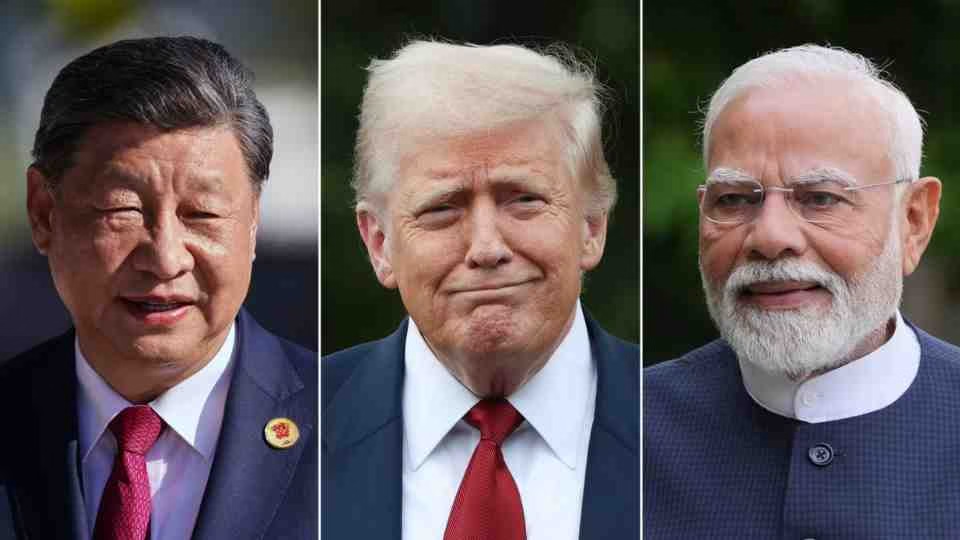India has reaffirmed its commitment to continue importing Russian oil despite U.S. threats of a 25% tariff on Indian goods, effective August 7, 2025, and unspecified penalties, as announced by President Donald Trump on July 30. The tariffs aim to pressure India to halt its purchases of Russian oil and military equipment, which the U.S. claims support Russia’s war in Ukraine. India, the world’s third-largest oil consumer, relies on Russia for about 35% of its crude imports, with major refiners like Reliance Industries driving a 1% increase in purchases in 2025 due to discounted prices.
Indian officials, including Petroleum Minister Hardeep Singh Puri, dismissed concerns, emphasizing that oil import decisions are based on price, crude grade, and logistics, not external pressure. Foreign Ministry spokesperson Randhir Jaiswal highlighted India’s need to secure affordable energy for its 1.4 billion people, while Foreign Secretary Vikram Misri criticized U.S. “double standards,” noting continued Russian fuel imports by some EU nations. India’s stance reflects its strategic autonomy, prioritizing economic stability over compliance with U.S. demands.
The tariffs could strain India-U.S. relations, especially after both nations aimed for $500 billion in bilateral trade by 2030. In 2024, the U.S. was India’s largest export market ($87.4 billion), with key sectors like pharmaceuticals and textiles now at risk. However, India’s less trade-dependent economy may mitigate the impact. Analysts doubt the tariffs will alter India’s oil strategy, as halting Russian imports could spike global prices. India’s commerce ministry is studying the tariffs’ implications while seeking a balanced trade deal with the U.S. The situation underscores India’s defiance of external pressure, leveraging its diversified oil imports and strong Russia ties to maintain energy security.






